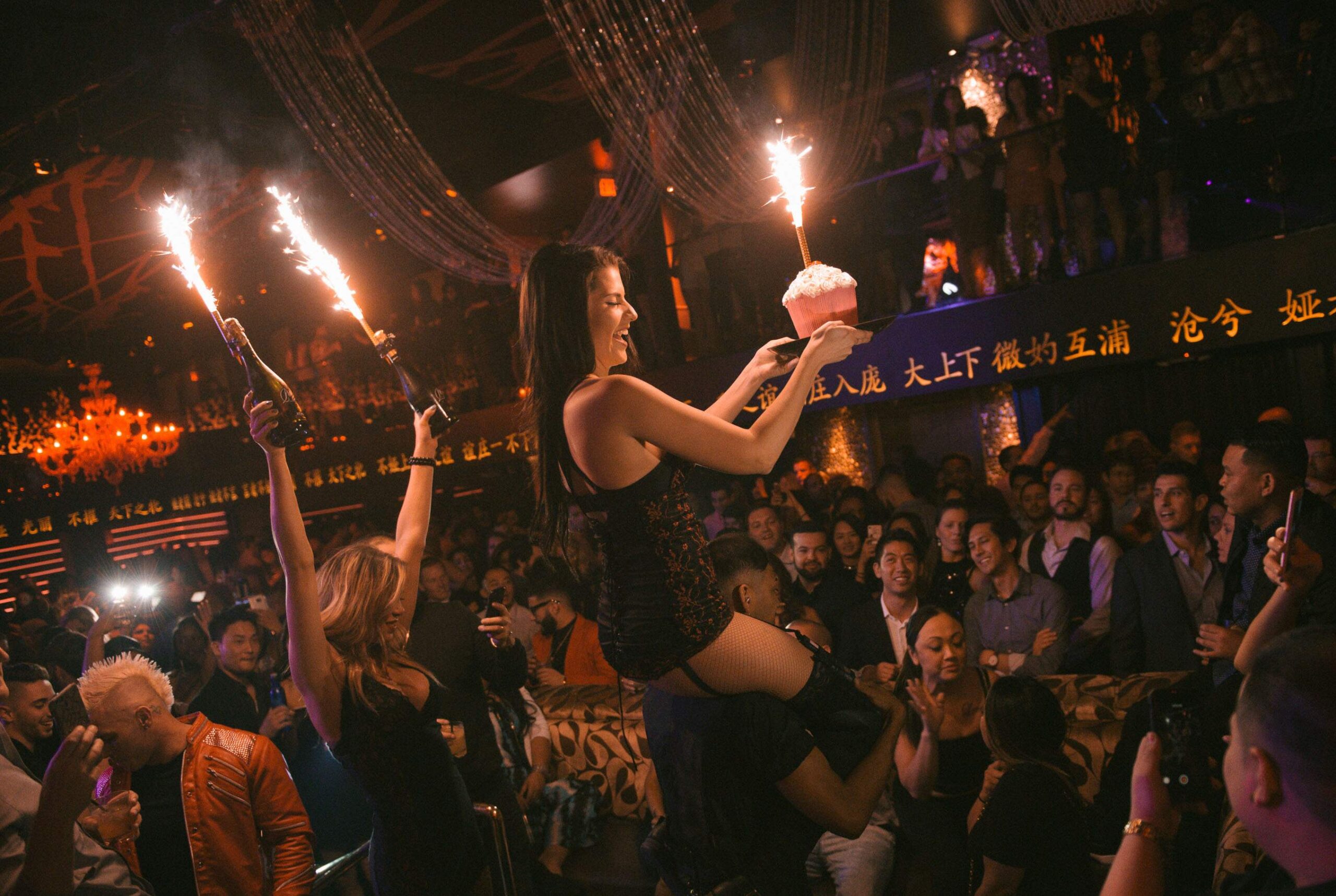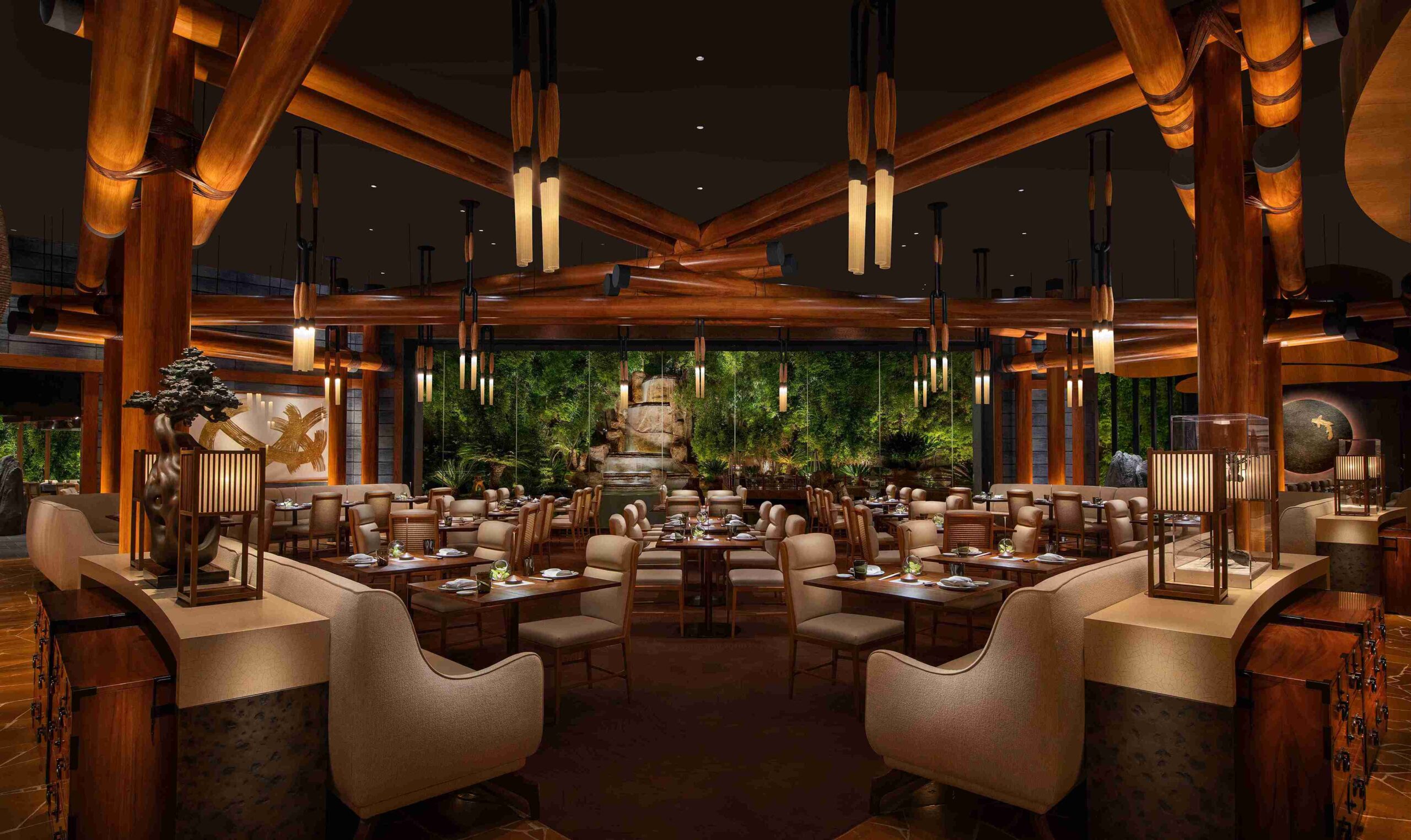It was a fateful day in 1978 when Mary Sue Milliken, the first female chef at Chicago’s Le Perroquet, and Susan Feniger, a graduate of the Culinary Institute of America, met at Le Perroquet. Later, when both were working in separate restaurants in France, they hatched the idea to go into business together, and the rest is history. Together, they have co-starred in nearly 400 programs on Food Network, co-authored numerous cookbooks, and, in different seasons, appeared on Bravo’s “Top Chef Masters.” Find their local favorite spot Border Grill inside Mandalay Bay.
How did you develop your love of cooking?
Mary Sue: I always loved to cook, from when I was a very little girl. My mom would have lemon juice in the drawer, and when I was a toddler, I would drink it. As a child, I had an adventurous palette. People didn’t like lemons, although I could always suck on a lemon, even now.
Susan: We’re both from the Midwest. Mary Sue is from Michigan, I’m from Ohio. My mom was a fantastic cook, I used to hang in the kitchen with her when she cooked. I have many memories of her late at night, in the kitchen, making fudge and putting it in the freezer. On Sunday afternoons, it seemed that people would always drop by.
Mary Sue: It was the same with me. My dad would go smelting, so we’d take the deep fryer and put it out on the table. I think the idea of becoming a chef was not really something people were thinking about in the ‘70s, for women especially. It wasn’t a rock-star kind of job it’s turned into.
What was the image of working in the food industry like in the ‘70s?
Mary Sue: It was a little like telling you’re parents “I’m going to be an auto mechanic!” It wasn’t that exciting. I don’t think it was exactly what they had in mind.
Susan: There wasn’t the image out there as there is now of “what are you going to do? What are you going to become?”
Mary Sue: It was more that you could work with your hands all day, you could serve food. Food is power. It’s really a very powerful thing in the way it makes people happy or it associates with different things. That was my calling to cook. I had no idea where it was going to take me, but the people that I met in the industry we so passionate and exciting.
What were your impressions of each other when you met?
Mary Sue: The first time I met Susan, I though “uh oh.” That’s the first time I met anyone as serious as me, man or woman. All the guys I went to chef’s school with, people I’d worked with in kitchens, nobody was as serious as Susan.

Susan: I was looking at the next place I wanted to work, and got the job at El Perroquet. So we were the first two women in that kitchen—that’s where we met. It was an incredible kitchen to work in. Fantastic.
Mary Sue: It really solidified a lot of what I had learned in chef school, great training, the best training ever.
Susan: Not only was the food interesting and unusual, they had such a Midwest philosophy, which was (in unison) don’t waste any food. We clarified all the chicken fat, made chicken stock and used that for sautéing all the poultry. We saved all the butter wrappers to cover the pastry creams. We saved all the stems of everything: broccoli, watercress, everything, and the stems became the mousse for the scallop dish that we served.
Mary Sue: It really prepared us to not only be chefs, but restaurateurs.
What were your early days of working together like?
Susan: It was a tiny little café with no stove. I started by running specials on the hot plate, and set up two hibachis in the parking lot.
Mary Sue: I went to take a look at it on my birthday weekend, and it took about four hours for this pot of water to boil on the hot plate. I had two years of chef school, worked my butt off in Chicago and France, now I’m going to wait four hours to boil water?
Susan: I convinced her, though.
Mary Sue: You can’t say no to Susan, ever. I learned that right away. (laughs)
Susan: Pretty quickly, we put a stove in.
Mary Sue: That was sort of part of the deal.
Susan: We still used the hibachis in the back as our grill. And we had a prep table out back in the parking lot.
Mary Sue: We kept getting busier and busier, then Julia Child came in…
Susan: …and we got our first gourmet write-up.

How did you make your way into radio and television?
Susan: We decided we wanted to do a political radio show so we got to the head of the biggest radio station in Los Angeles.
Mary Sue: We said we wanted to do a three-four minute alert of food—when there’s alar in your apples or something. We wanted to tell the public. She didn’t want to alarm people, but had a slot for a half-hour food show, and said to come in and start. We had never done radio, but all those cooking classes came in handy, because we’re good at, as you can probably tell, finishing each others’ sentences. We do know each other really well and we both know food really well. Our show grew into a one hour show on Saturdays and …
Susan: … the Food Network had just started up and asked us to come and do a book tour.
Mary Sue: While we were there, they [Food Network] asked us to do “Chef for a Day.” That was, you came in for one day to New York [City] and you taped five shows from 6 am to 6 pm and you gave them all of your recipes and they helped you prep them, and they just turned the camera on and there was no guidance; they just turned the camera on and you go. We did it, and they liked us, and they told us to come back and do a show. But they treated shows like fresh produce at the time—they’d air it once, but six or seven times a day.
Susan: We were filming five or six shows a day; in a week we’d do 30 shows. Now, to do one show is like four days. It’s crazy.



